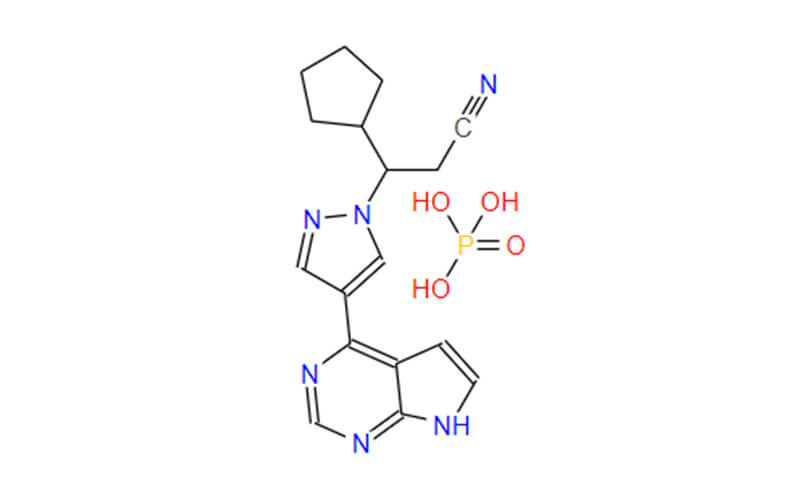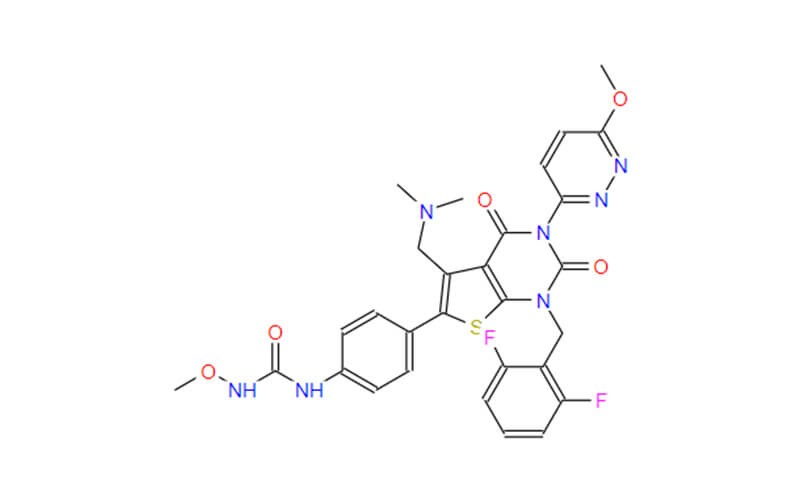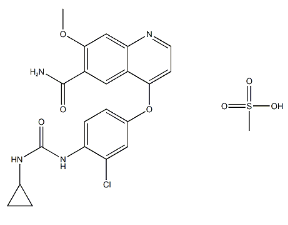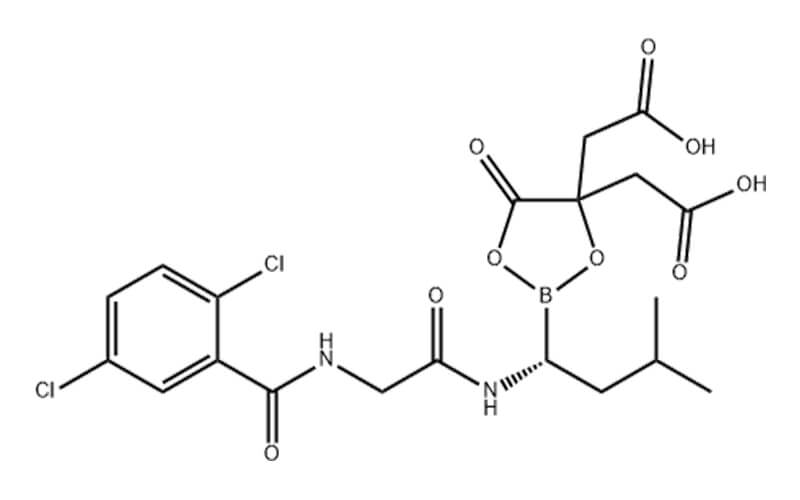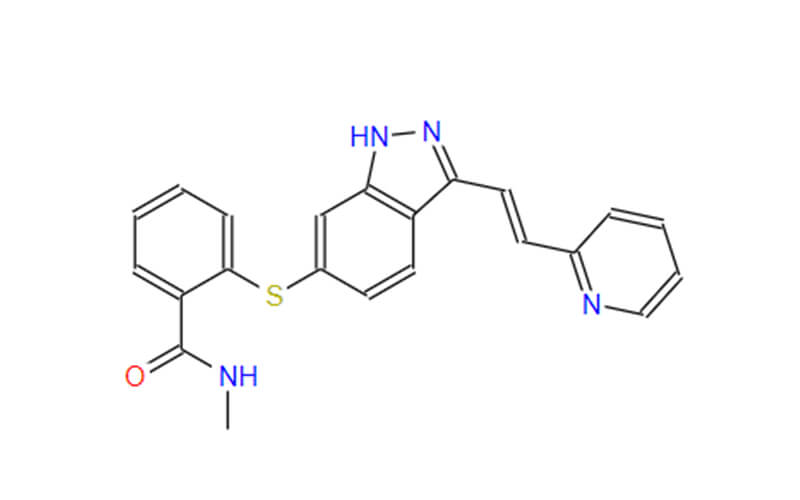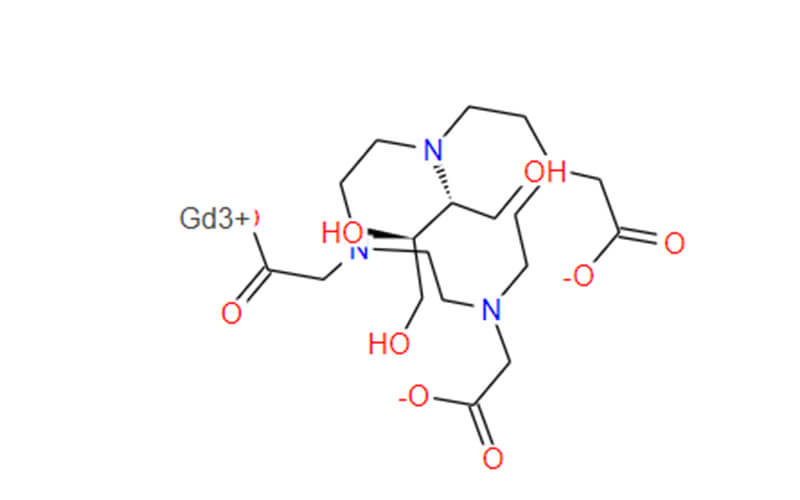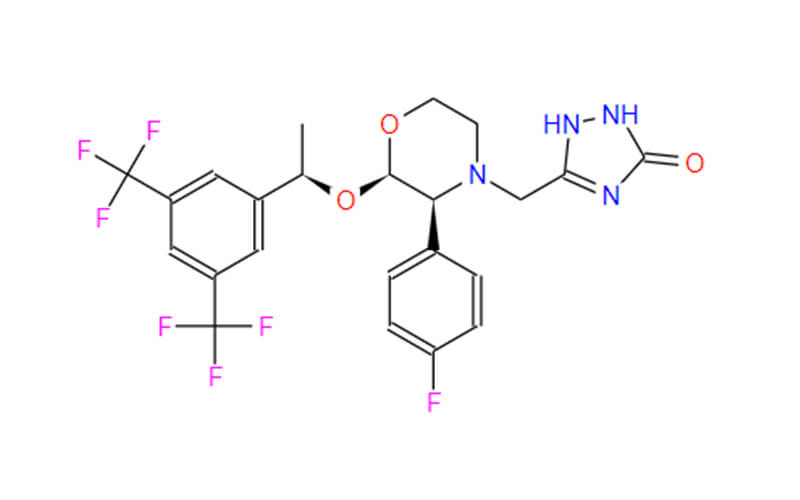Dabigatran Etexilate for Pulmonary Embolism
Pulmonary embolism (PE) is a serious condition where a blood clot blocks an artery in the lungs. This article explores Dabigatran Etexilate (Pradaxa), a medication used to treat PE, explaining its mechanism of action, safety profile, and how it compares to other blood thinners. We’ll also delve into the importance of consulting a healthcare provider for diagnosis and creating a personalized treatment plan for PE.

Understanding Pulmonary Embolism and its Risk Factors
Pulmonary embolism (PE) is a serious and sometimes life-threatening condition that occurs when a blood clot blocks an artery in the lungs, interrupting the flow of blood and causing a decrease in oxygen levels. This can lead to various complications, including respiratory failure, heart damage, and even death.
Several factors can increase the risk of developing PE. Some of these factors are related to lifestyle, such as smoking, prolonged immobility, and obesity. Others are related to medical history, including a history of deep vein thrombosis (DVT), certain types of cancer, inherited blood disorders that increase clotting, and a family history of PE or DVT. Women who are pregnant or taking hormonal birth control are also at a higher risk.
Dabigatran Etexilate: A Mechanism of Action for Blood Thinning
Dabigatran etexilate, also known by its brand name Pradaxa, is a type of medication called a direct oral anticoagulant (DOAC) or novel oral anticoagulant (NOAC). Unlike older anticoagulants, dabigatran does not require regular blood tests to monitor its effect in the body.
Dabigatran works by binding to a specific enzyme, thrombin, which plays a key role in the process of blood clotting. By inhibiting thrombin, dabigatran reduces the ability of the blood to clot, which is crucial in preventing and treating conditions like pulmonary embolism. This action helps to maintain the fluidity of the blood and prevents the formation of harmful clots that can travel to the lungs and other parts of the body.
Dabigatran Etexilate Mesylate: A Breakthrough in Oral Anticoagulation Therapy
Dabigatran Etexilate, a groundbreaking oral anticoagulant, has marked a significant milestone in the management of thromboembolic disorders. Derived from a fermentation process, this compound is a potent and highly selective direct thrombin inhibitor, offering an alternative to traditional anticoagulants. The addition of a mesylate group to the etexilate moiety enhances its stability and bioavailability, leading to the development of two distinct formulations: Dabigatran Etexilate Mesylate capsules and Dabigatran Etexilate Mesylate pellets. These innovative presentations have not only simplified dosing but have also ensured consistent plasma concentrations, minimizing the need for routine coagulation monitoring. The introduction of Dabigatran Etexilate Mesylate has represented a leap forward in anticoagulant therapy, offering patients a convenient and effective way to manage their condition with a favorable side effect profile.
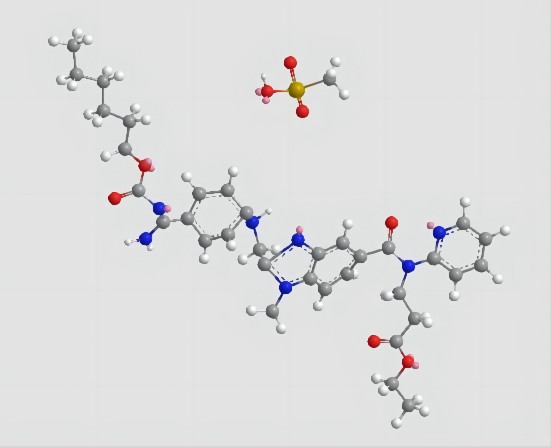
The Manufacturer and the Journey of Dabigatran Etexilate
Dabigatran etexilate was initially manufactured by Boehringer Ingelheim, a globally recognized pharmaceutical company. However, the development and production landscape for many medications, including dabigatran, is constantly changing. Companies like Sichuan Qingmu Pharmaceutical Co., Ltd., a China-based pharmaceutical company specializing in research, production, and marketing of Active Pharmaceutical Ingredients (APIs) and offering Contract Development and Manufacturing Services (CDMO/CMO), are emerging players in this field.
This shift highlights the increasing globalization of pharmaceutical production and the growing role of companies like Qingmu in ensuring the accessibility and affordability of essential medications.
Clinical trials and regulatory approvals remain paramount to ensure the safety and efficacy of any medication, regardless of the manufacturer. Dabigatran’s approval for various thromboembolic conditions marked a significant advancement, and its continued availability through established and new manufacturers is crucial for patient care.
Dosage and Administration of Dabigatran Etexilate in the Treatment of PE
Dabigatran etexilate is available in different dosage strengths and the exact dose prescribed will depend on various factors, including the severity of the condition, renal function, and other medications the patient is taking. The usual dose for adults is 150 mg twice daily, but this can be adjusted depending on the individual’s needs.
The medication is taken orally, usually with water, and can be taken with or without food. Patients should follow the prescribed schedule closely to ensure consistent blood levels of the drug and to minimize the risk of complications. Skipping doses or taking them irregularly can reduce the effectiveness of the treatment and increase the risk of clot-related events.
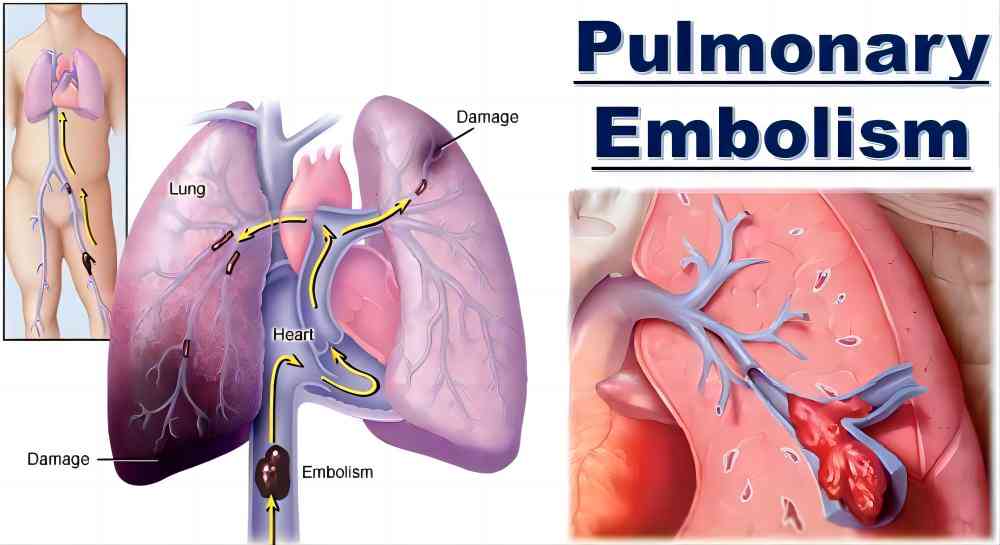
Safety Profile and Precautions of Dabigatran Etxilate
Dabigatran etexilate is generally well-tolerated, but like all medications, it carries a risk of side effects. The most significant concern is bleeding, as dabigatran can thin the blood too much and lead to excessive bleeding. Bleeding can occur anywhere in the body, and some cases can be serious or even fatal.
Patients on dabigatran should be monitored for signs of bleeding, both minor and major. They should also inform their healthcare provider about any unusual bruising, nosebleeds, cuts that won’t stop bleeding, or blood in the urine or stool.
Drug interactions are another important consideration with dabigatran. Some medications can increase the risk of bleeding or interact negatively with dabigatran, altering its effectiveness. Examples include other blood thinners, antiplatelet agents, NSAIDs, and certain antibiotics and antifungal medications. It’s crucial for patients to discuss all the medications they are taking with their healthcare provider before starting dabigatran.
Dabigatran is not suitable for everyone. It is contraindicated in patients with a known hypersensitivity to the drug, those with active bleeding, or those with certain types of liver or kidney disease. It should be used with caution in patients with a history of ulcers or gastric出血, and in patients with mild to moderate liver or kidney impairment, a dose adjustment may be necessary.
Dabigatran has not been studied extensively in pregnant or breastfeeding women, so it is not recommended for use in these populations. Women who could become pregnant should use effective birth control while on dabigatran, and women who are breastfeeding should avoid using the medication or consult with their healthcare provider.
Dabigatran Etxilate in the Context of Pulmonary Embolism Treatment
Dabigatran etexilate has been shown to be an effective treatment for pulmonary embolism (PE) in several clinical studies. It compares favorably to traditional anticoagulants like enoxaparin and warfarin in terms of preventing further clotting events and reducing the risk of death in patients with acute PE.
When considering dabigatran for the treatment of PE, it’s important to weigh its benefits against its risks, including the risk of bleeding. The decision should be made on a case-by-case basis, taking into account the individual’s overall medical history, risk factors, and potential for drug interactions. Dabigatran can be a valuable component of a comprehensive management strategy for PE, which may also include other treatments such as thrombolytic therapy or mechanical removal of the clot in some cases.

Consulting with a Healthcare Provider for a Diagnosis and Treatment Plan
Pulmonary embolism is a serious medical emergency that requires prompt diagnosis and treatment. If you suspect that you or someone else is experiencing symptoms of PE, such as sudden shortness of breath, chest pain, or coughing up blood, it is crucial to seek medical attention immediately.
Your healthcare provider will perform a thorough physical examination and order diagnostic tests, which may include a chest X-ray, a CT angiogram, or a ventilation-perfusion scan, to confirm the presence of a clot in the lungs. Once PE is diagnosed, your provider will work with you to develop an individualized treatment plan tailored to your specific needs. This plan may involve the use of anticoagulant medications like dabigatran, along with other supportive treatments, and lifestyle changes to reduce the risk of future clots.
It is essential to follow your healthcare provider’s instructions carefully and to keep all your appointments for check-ups and blood tests to monitor the effectiveness of the treatment and to minimize the risk of complications. Your provider will also advise you on managing any underlying risk factors for PE, such as quitting smoking, losing weight, or modifying your diet and activity level.
Remember, while dabigatran and other anticoagulants can be highly effective in preventing and treating PE, they are not a substitute for a healthy lifestyle and regular medical care. Your healthcare provider is your partner in managing your condition and improving your quality of life.
The Importance of Ongoing Research in the Field of Anticoagulant Therapy
The field of anticoagulant therapy, including the use of dabigatran for pulmonary embolism (PE), is constantly evolving as new research provides insights into the mechanisms of clotting and the body’s response to anticoagulant medications. Ongoing research is vital to understanding how these medications work in different populations, how they compare to each other in terms of effectiveness and safety, and how they can best be integrated into the overall management of cardiovascular diseases like PE.
Clinical trials are ongoing to refine our knowledge of the optimal dosing regimens for dabigatran, to explore its use in special populations such as pregnant women or patients with severe liver or kidney disease, and to assess its long-term impact on the risk of bleeding and other complications. Additionally, research is focused on identifying new targets for anticoagulation that might offer even better protection against clotting with fewer side effects.
As new information becomes available, guidelines for the use of anticoagulant therapy are updated to reflect the latest evidence and to provide guidance on the best practices for patient care. This ensures that patients receive the most effective and safest treatments available based on the current state of medical knowledge.
Furthermore, the development of antidotes and reversal agents for anticoagulants like dabigatran is a significant area of research. These agents are crucial in situations where rapid reversal of anticoagulation is needed due to a major bleed or an urgent surgical procedure. The discovery and approval of such antidotes have greatly enhanced the safety profile of these medications, allowing for quicker intervention in emergencies.
Moreover, research is also exploring the use of combination therapy, where two different anticoagulant pathways are targeted simultaneously, to see if this approach can provide improved outcomes for patients with PE. This could potentially reduce the risk of bleeding even further while maintaining the protective effect against clotting.
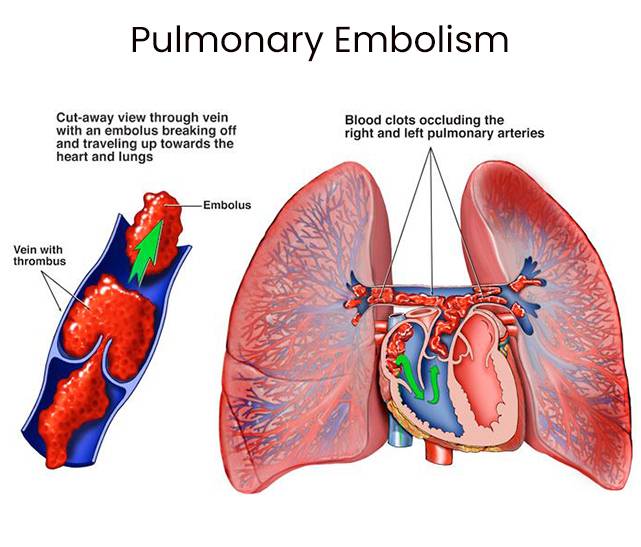
In summary, the continued pursuit of knowledge in the realm of anticoagulant therapy, including the use of dabigatran, promises to bring about advancements in the way we prevent and treat pulmonary embolism and other thromboembolic disorders. By conducting rigorous clinical research and collaborating across disciplines, the medical community aims to provide patients with safer, more effective treatments and improve overall outcomes for those affected by these serious conditions.

